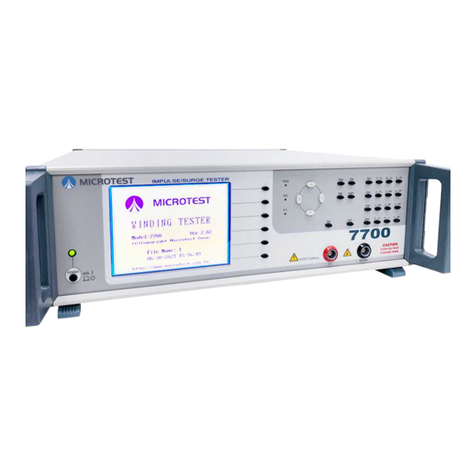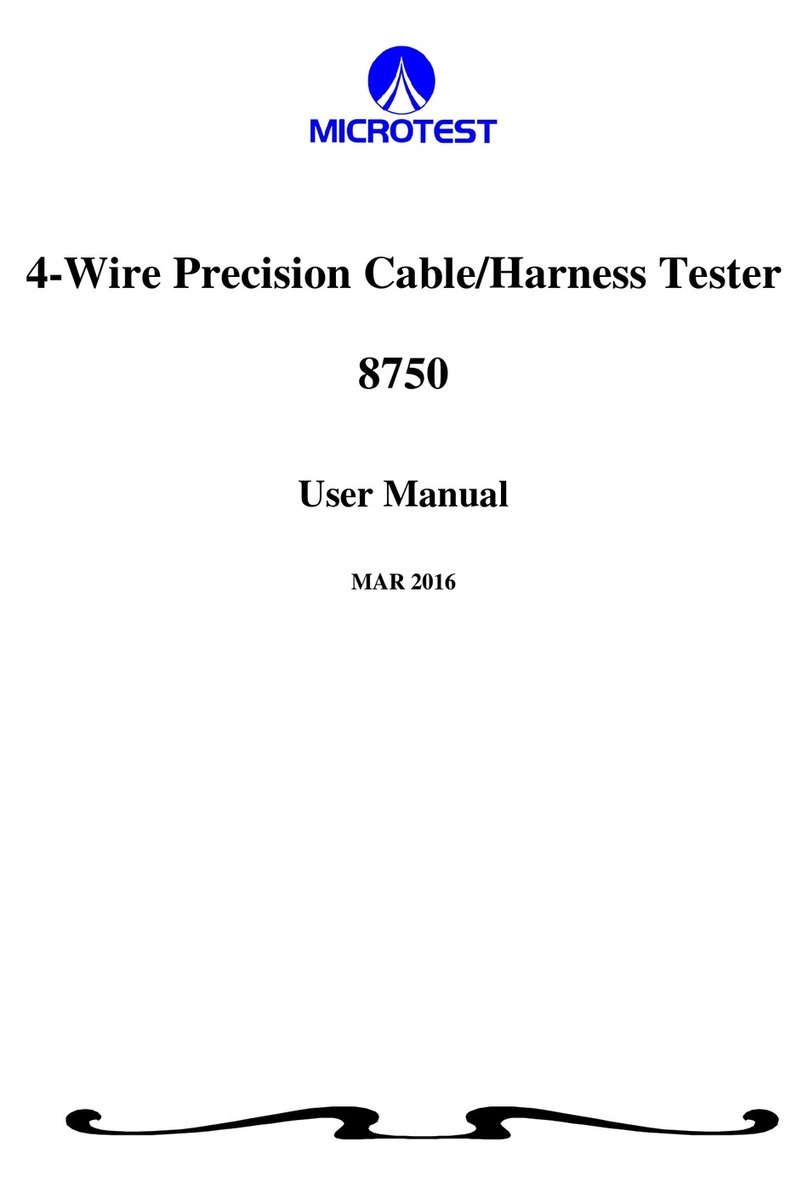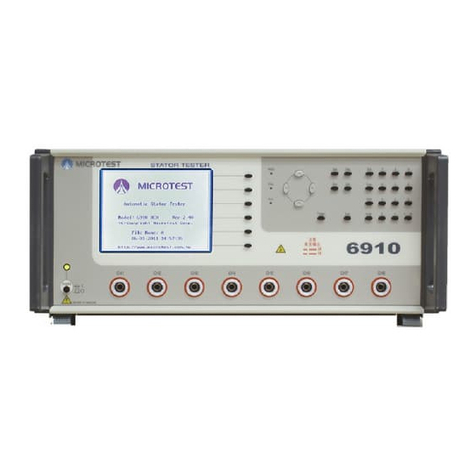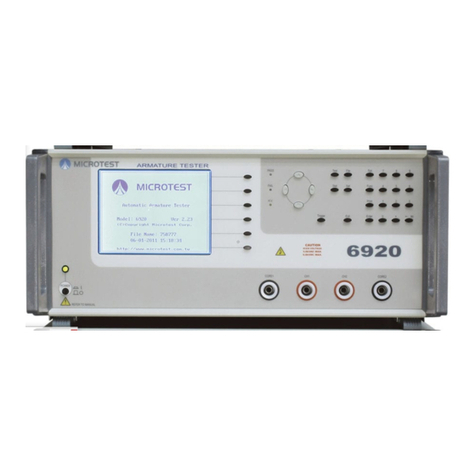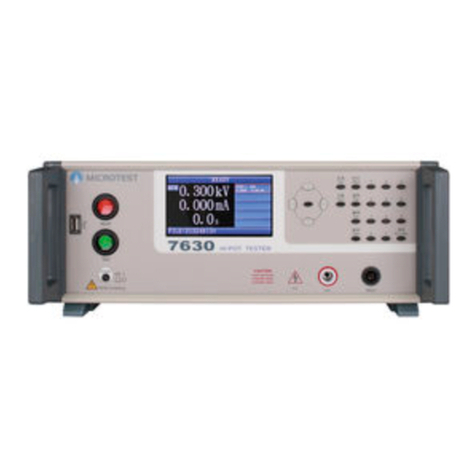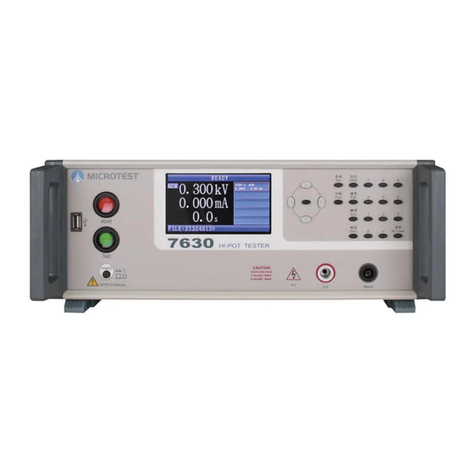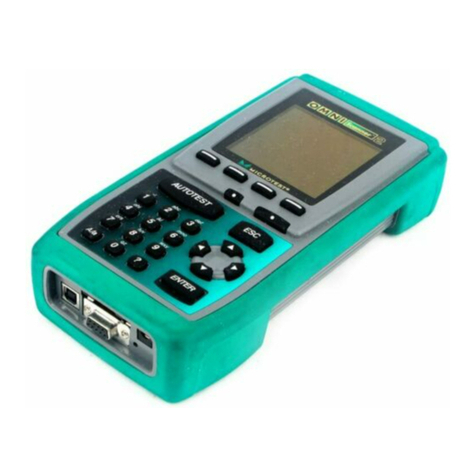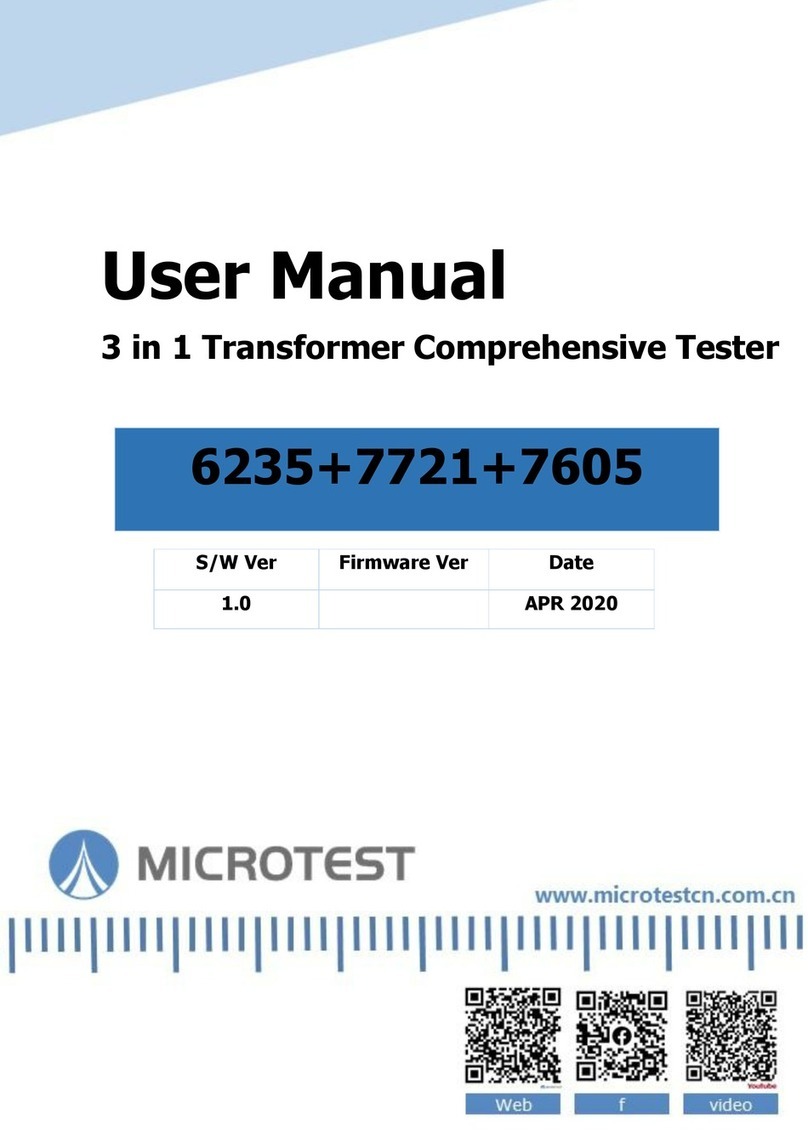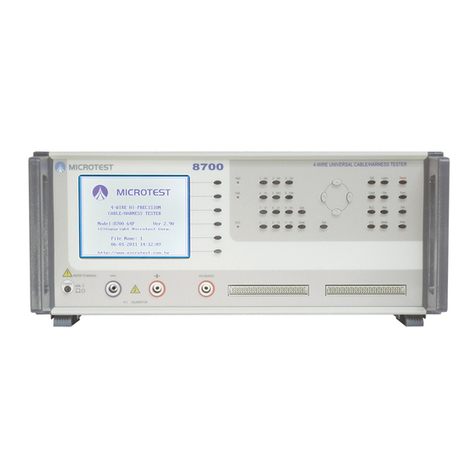3.3.4 Rdc Setting ............................................................................................................. 30
3.3.5 Turn Ratio Test Setting .......................................................................................... 34
3.4.6 Capacitance Testing Setting ................................................................................... 37
3.3.7 Balance Test Setting............................................................................................... 41
3.3.8 Pin Short Test Setting............................................................................................. 42
3.3.9 Correction Setting................................................................................................... 43
3.3.10 Complete Deviation Setting ................................................................................. 44
3.4 Test Mode ................................................................................................................. 46
3.5 File Management....................................................................................................... 47
3.5.1 Loading File............................................................................................................ 47
3.5.2 Saving As ............................................................................................................... 48
3.6.3 Creating New File................................................................................................... 49
3.6.4 Deleting File ........................................................................................................... 50
Chapter 4 7721 Function Setting............................................................................................. 51
4.1 System Setup Menu (Sys) ......................................................................................... 51
4.1.1 System Setup .......................................................................................................... 51
4.1.2 Test Configuration.................................................................................................. 52
4.1.3 Date & Time........................................................................................................... 54
4.1.4 Password................................................................................................................. 55
4.2 Function Menu (Func)................................................................................................... 56
4.2.1 Self-test................................................................................................................... 57
4.2.2 Surge voltage calibration........................................................................................ 58
4.2.3 Surge voltage test ................................................................................................... 59
4.2.4 About….................................................................................................................. 59
4.3 Test Setting Menu (Set)................................................................................................. 60
4.3.1 Fixture/ Sequence ................................................................................................... 60
4.3.2 Insulation ................................................................................................................ 62
4.3.3 Hipot test setting..................................................................................................... 63
